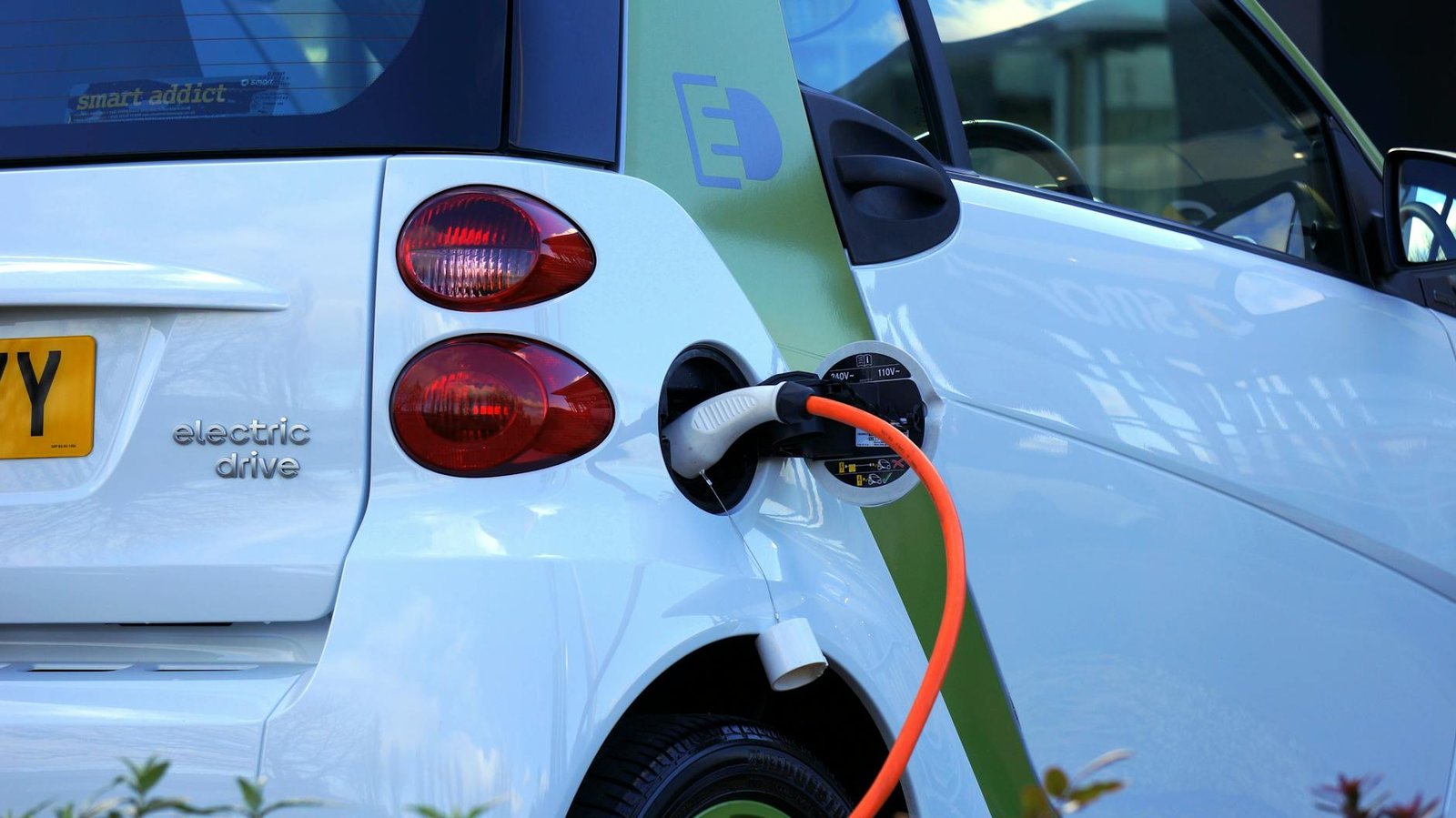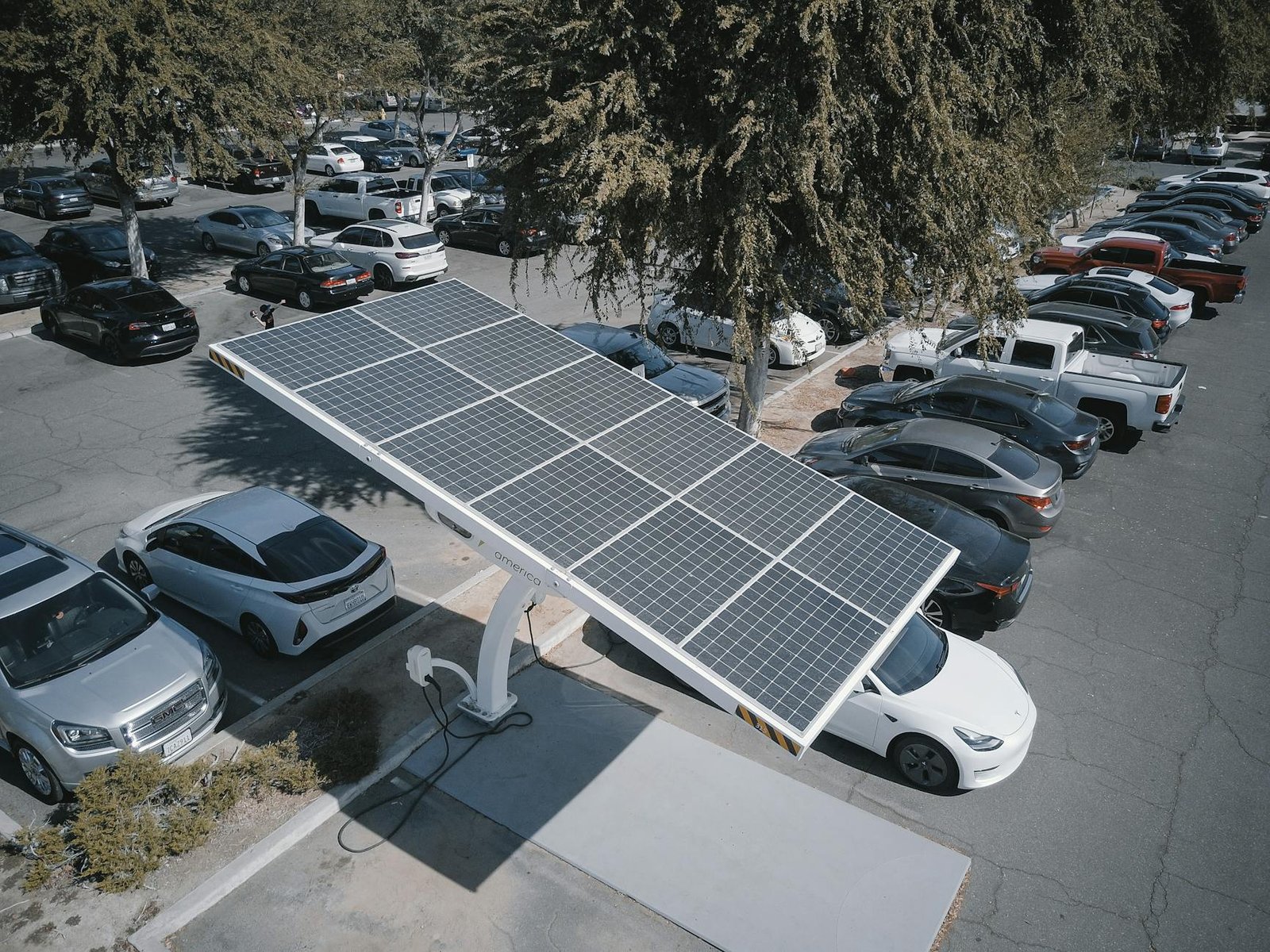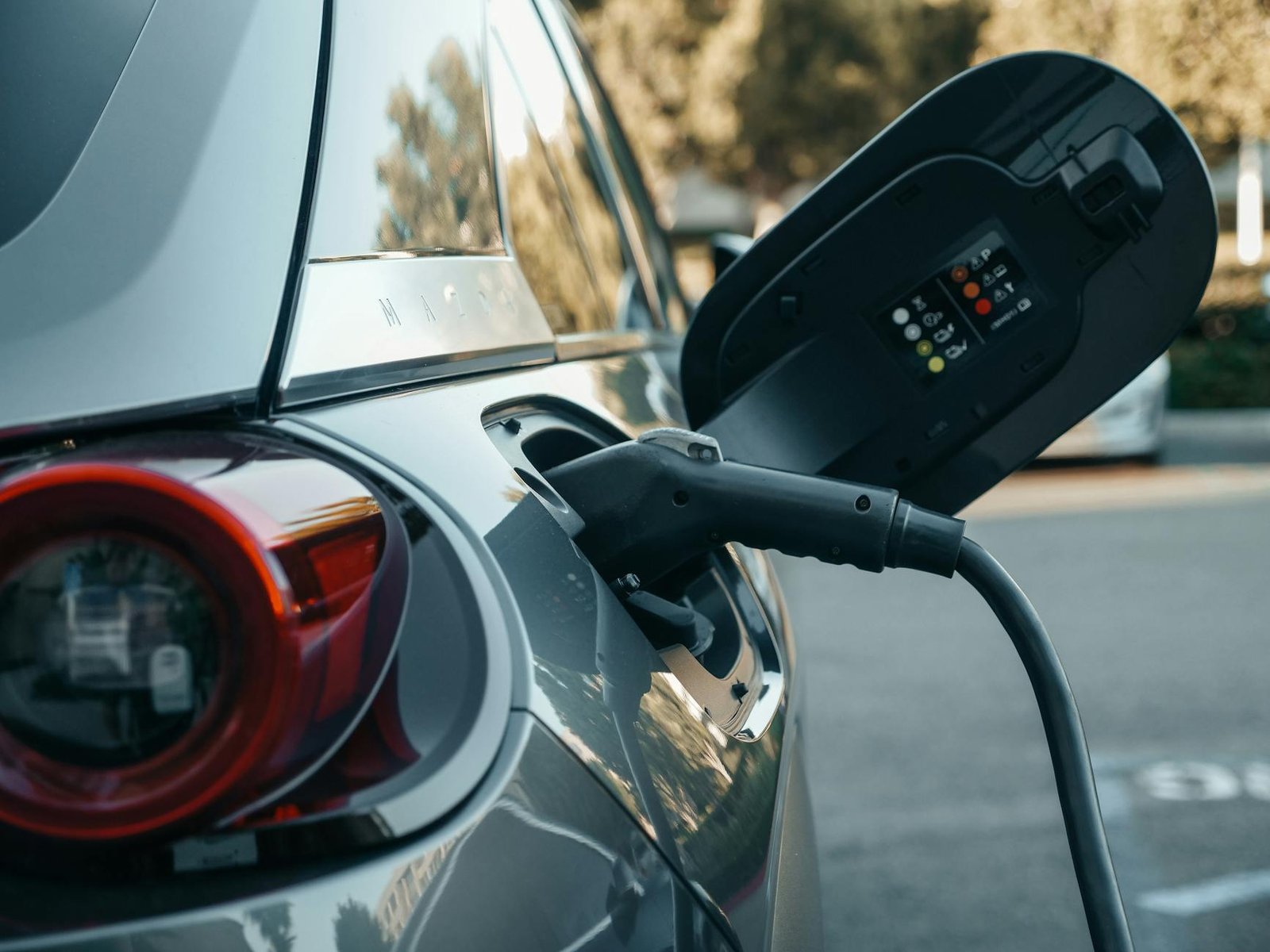Electric Vehicle Charging Infrastructure: Need of Future
The rise of electric vehicles (EVs) marks a significant shift towards sustainable transportation, signaling a reduced dependence on fossil fuels and a cleaner future. As the number of EVs on roads increases day by day, the need for efficient and accessible charging infrastructure becomes more critical. This blog explores the latest updates and developments in electric vehicle charging infrastructure, highlighting advances in technology, policy changes, and initiatives aimed at expanding and improving charging networks globally.
Latest Updates in EV Charging Infrastructure
The electric vehicle (EV) infrastructure landscape is rapidly evolving as global demand for sustainable transportation solutions increases. This section highlights the latest developments that are shaping the future of EV charging stations and the innovative technology associated with them.
Expansion of Electric Vehicle Charging Infrastructure
Recent efforts to expand EV charging infrastructure in India are noteworthy, seeing significant investment from both public and private sectors. Many governments worldwide have committed to reducing carbon emissions by increasing the accessibility of EV charging stations. This includes funding for the development of new charging networks and the upgrade of existing facilities to accommodate the growing number of electric vehicles on the road.

Expansion of EV charging infrastructure as well as innovative solutions like:
- Mobile EV charging units: These are being deployed in urban areas without sufficient space for permanent stations.
- Charging stations powered by solar energy: These are increasingly popular in sunny locales, tying into broader renewable energy initiatives, where the electricity is an issue.
- Integrated services: There are some new stations which are providing amenities such as food services and Wi-Fi to enhance the charging experience.
Introduction of fast-charging technologies for electric vehicles
A significant evolution in the realm of EV charging is the enhancement of fast charging technologies. These systems are designed to deliver significantly more power than traditional charging solutions, allowing drivers to recharge their EV batteries to 80% capacity in as little as 20 minutes. This development addresses one of the major concerns among potential EV buyers: charging time.
Integration of Renewable Energy in Electric Vehicle Charging Infrastructure
The integration of renewable energy sources into EV charging infrastructure is a critical component in creating a truly sustainable transportation ecosystem. This section explores the benefits of this integration and highlights examples from around the world where it is being implemented successfully.

Benefits of using renewable energy for Powering EV Charging Stations
Incorporating renewable energy sources like solar, wind, and hydroelectric power in the operation of EV charging stations offers several advantages:
- Reduction in carbon footprint: EVs powered by renewable energy are near-zero-emission vehicles, which drastically reduces the ecological impact of automotive transport.
- Energy independence: Using locally sourced renewable energy reduces dependence on imported fossil fuels, enhancing energy security.
- Economic benefits: Investing in renewable energy-powered charging infrastructure stimulates local job creation in both the renewable sector and the construction industry.
Furthermore, the use of renewable energy in powering EV stations aligns with global goals for sustainability and provides EV owners with the peace of mind that their environmental impact is minimized.
Examples of Other Countries Leading In Renewable Energy Integration for Electric Vehicles
Several countries are at the forefront of integrating renewable energy with EV charging stations, setting benchmarks for others to follow:
- Sweden: Known for its commitment to sustainability, Sweden has numerous charging stations powered entirely by renewable sources, primarily hydro and wind power.
- Costa Rica: With its abundance of renewable resources, Costa Rica is advancing toward powering all of its EV charging stations with energy from renewable sources, mainly geothermal and hydroelectric power.
- Germany: As part of the Energie Wende (energy transition), Germany is increasing the share of renewable energy in its national grid, resulting in a cleaner electricity supply for EV charging.
These examples underscore how the synergy between renewable energy and electric vehicles is crucial for achieving long-term sustainability in transportation. As more countries adopt similar measures, the global impact on reducing carbon emissions can be significant, paving the way for a greener future.
Technological Innovations Driving Infrastructure Development

The evolution of electric vehicle (EV) infrastructure is not just growing; it’s becoming smarter, leaner, and more integrated with the advancements in technology that emerge by the day. A culmination of dedicated research and technological ingenuity is fast-tracking this phase of modern infrastructure, presenting new opportunities and efficiencies previously untapped.
Smart grid solutions for efficient charging management
Smart grids are at the forefront of transforming EV charging systems. They integrate digital communication technology with electrical grid management to enhance data transparency and improve the efficiencies of electricity usage, including the optimal management of EV charging loads. These grids support real-time monitoring and managing of energy flow, which ensures that EV charging stations operate at optimal times, such as when electricity demand is low and renewable energy availability is high. This not only stabilizes the grid but also reduces charging costs for consumers. Innovations like dynamic pricing models, where prices fluctuate based on grid demand, further incentivize EV owners to charge during off-peak hours, balancing the load and preventing potential blackouts.
Smart chargers are another pivotal element in this ecosystem, which communicates directly with the smart grid to determine the best time to charge based on user preferences and grid capacity. This sophisticated interaction helps minimize energy costs and maximize the use of renewable energy sources like wind and solar power.
Wireless charging advancements for electric vehicles
Wireless charging technology for EVs is shaping up to be a game changer, providing ease and enhancing the user experience. Unlike conventional charging methods that require cables and plugs, wireless charging uses inductive charging pads that vehicles park over to begin recharging their batteries. This technology is not just about convenience but about pushing the boundaries of how infrastructure can adapt to user habits and city planning.
Advancements in wireless technology include increased efficiency rates and the ability to charge at higher powers, speeding up the overall charging process. Moreover, developments are underway to embed these charging pads in public spaces like parking lots or even beneath city roads, allowing EVs to charge while parked or driving. Implementing such technology could drastically reduce the range anxiety associated with EVs and is a giant leap toward all-encompassing, seamless electric mobility.
Government Initiatives and Policies Supporting EV Charging Infrastructure
Governments around the globe are recognizing the importance of accelerating the adoption of electric vehicles as part of a broader strategy to combat climate change and reduce greenhouse gas emissions. A suite of measures, including subsidies and regulations, are being deployed to create a conducive environment for EV infrastructure growth.
Subsidies and incentives for the installation of EV charging stations
Substantial financial incentives are a critical factor propelling the development of EV charging infrastructure. Governments offer a range of subsidies and tax rebates to reduce the installation and operational costs for new EV charging stations. These incentives are targeted at both private sector players and homeowners willing to install EV chargers on their premises.
For instance, many local and national programs include:
- Direct grants to cover a percentage of the installation costs.
- Reduced electricity rates for power used to charge EVs.
- Tax credits for both consumers purchasing EVs and businesses installing EV infrastructure.
These financial incentives not only help in increasing the number of charging stations but also make it economically attractive for investors and users alike, speeding up the return on investment and fostering widespread adoption.
Regulations promoting the growth of electric vehicle infrastructure
In addition to financial incentives, regulatory support is crucial in shaping the EV charging landscape. Various governments have enacted laws and guidelines to facilitate the rapid expansion of charging networks. These regulations can require new or renovated buildings to include EV charging capabilities, mandate a certain percentage of parking spaces in public areas to have EV chargers, or establish zoning laws that simplify the installation process for new chargers.
Moreover, some regions are setting ambitious targets for EV adoption, which, in turn, directly stimulates the development of necessary charging infrastructure. By integrating these regulations with broader urban development and renewable energy policies, governments are ensuring that the EV charging infrastructure not only grows but does so in a way that aligns with environmental, economic, and social objectives, thereby reinforcing the path toward sustainable transportation.
Challenges and Solutions in EV Charging Infrastructure

One of the primary roadblocks to the widespread adoption of electric vehicles (EVs) is the current state of charging infrastructure. As EV ownership increases, the need for reliable and accessible charging stations becomes more critical. Here, we explore common challenges related to EV charging infrastructure and the innovative solutions that are being developed to overcome them.
Addressing range anxiety for electric vehicle users
Range anxiety, the fear that an electric vehicle doesn’t have enough battery life to reach its destination, is a significant concern among EV users. To combat this, multiple strategies are being employed:
- Expansion of Charging Network: Companies and governments worldwide are accelerating the deployment of public charging stations. This expansion not only covers city centers but also extends to highways and popular travel routes to ensure coverage over longer distances.
- Improvement in Charging Speed: Developments in fast-charging technology mean that EVs can now be charged in a matter of minutes, not hours. Initiatives like Tesla’s Supercharger network and Electrify America’s ultra-fast charging systems are pivotal in this area.
- Enhanced Onboard Technology: Modern EVs are equipped with sophisticated navigation systems that help drivers locate charging stations and manage their routes effectively to mitigate range anxiety.
Overcoming limitations in charging infrastructure in rural areas
Rural areas present unique challenges for EV charging infrastructure, primarily due to lower population density and longer distances between locations. However, solutions are being actively explored:
- Government Subsidies and Incentives: Many governments offer financial incentives to encourage private companies to establish charging infrastructure in less profitable areas.
- Partnerships with Local Businesses: EV charging providers are partnering with local businesses to install chargers at strategic locations like restaurants, shopping centers, and hotels, leveraging existing electrical infrastructure.
- Mobile and Portable Chargers: Innovations such as mobile charging units can provide temporary solutions in areas where permanent stations have not yet been built.
Future Projections and Trends in Electric Vehicle Charging Infrastructure
As technology advances and the global push towards sustainable transportation strengthens, significant growth and innovation in the EV charging sector are anticipated. This section discusses projected trends and expectations for the coming years.
Growth expectations for charging stations in the next 5 years
The EV charging infrastructure market is poised for explosive growth, driven by increasing EV sales and strong governmental support. Key projections include:
– Dramatic Increase in Charging Points: Analysts predict a global surge in the number of charging stations, potentially tripling current figures by 2028. This growth will be facilitated by both public and private investments.
– Integration with Renewable Energy Sources: The integration of charging stations with solar and wind power resources is expected to increase, reducing the carbon footprint of EV charging and making the process more sustainable.
– Expansion into New Markets: As more countries embrace EV technology, new markets in Asia, Africa, and Latin America will see significant infrastructure development.
Also Read: Ola Electric Scooter S1 X becomes more cheaper, complete details
Predictions on advancements in EV charging technology
Technological innovations are set to revolutionize the way we charge electric vehicles shortly. Some anticipated advancements include:
– Wireless Charging: Research is ongoing in the development of wireless, or inductive, charging systems that allow vehicles to be charged simply by parking over a charging pad, eliminating the need for cables and plugs.
– Ultra-fast Charging Technologies: Efforts are being made to decrease charging time dramatically, with the ultimate goal of bringing it down to the time it takes to fill a tank with gasoline.
– Smart Charging Systems: These systems use AI and machine learning to optimize charging schedules, reduce grid load during peak times, and even allow EVs to sell excess electricity back to the grid.
While challenges remain in the EV charging infrastructure, rapid advancements, and strong market growth indicate a bright future. Continued innovation and investment will be key to building a robust network that can support the global transition to electric vehicles. With these developments, the dream of a sustainable transport network is fast becoming a reality.
Conclusion
As we move forward into an era increasingly defined by sustainable practices, the development of robust electric vehicle (EV) charging infrastructure is key to the widespread adoption of clean transportation options. Governments and private sectors are ramping up efforts to make EV charging more accessible, efficient, and cost-effective.
The journey towards sustainable transportation is gaining momentum, with innovations and advancements in electric vehicle technologies and infrastructure development promising a greener, more sustainable future. Promoting and investing in EV infrastructure is not only about supporting renewable energy; it’s about reshaping the way we think about travel and energy consumption for decades to come. As this infrastructure expands, electric vehicles are set to become an integral part of our everyday lives, transforming our environmental footprint.





2 thoughts on “Electric Vehicle Charging Infrastructure: New Era of Clean Energy Access”